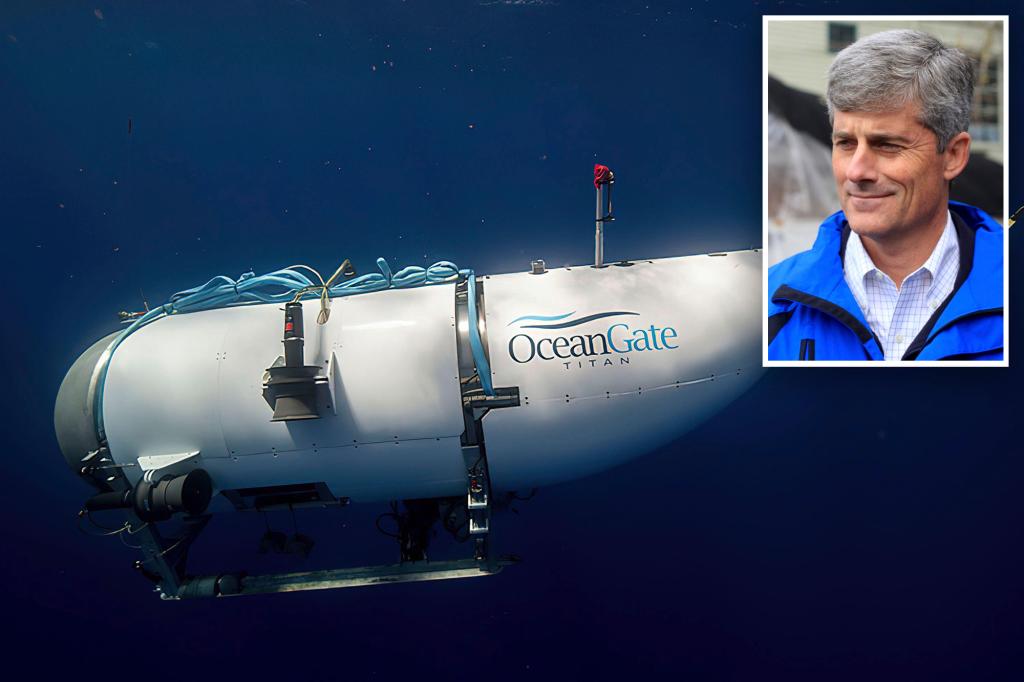The ill-fated Titan submersible, captained by Stockton Rush, faced a tragic event during an expedition to the wreck of the Titanic. Undersea exploration expert Rob McCallum criticized Rush, stating that the implosion of the craft and loss of five lives were entirely avoidable due to Rush’s ego and recklessness. Rush, who also developed the craft, was accused of being cavalier and hasty in the design and deployment of the submersible, failing to seek certification from outside parties to ensure its safety. McCallum described Rush as a maverick in the worst way, believing in his own ability and disregarding the need for third-party assessments that are standard in the industry. The lack of adherence to rigorous safety standards contributed to the riskiness of the Titan’s deep-sea mission.
The Titan embarked on its journey with five passengers, including Rush, French Titanic expert Paul-Henri Nargeolet, and tourists Hamish Harding, Shahzada Dawood, and his son Sulaiman Dawood. Each passenger paid up to $250,000 for the opportunity to visit the Titanic wreck, but communication was lost with the surface ship less than 2 hours into the journey. A massive international effort was launched to locate the passengers, but it was confirmed that all had perished once debris from the wreck was found. The deep-sea exploration community mourned the loss of life, with many expressing sadness and frustration over the tragedy. The flawed design of the Titan, particularly the hull made of carbon fiber instead of reinforced steel or titanium, was highlighted as a major risk factor in the outcome of the mission.
McCallum revealed that he had previously warned Rush about the risks associated with the Titan’s design but was ignored and even threatened with legal action. He criticized Rush for failing to inform passengers adequately about the dangers of the expedition, stating that they were influenced by marketing and enthusiasm rather than informed consent. The tragedy involving the Titan is likely to become a case study in engineering classes due to the lapses in safety protocols and the subsequent loss of life. Investigations into the wreckage of the Titan are ongoing, with multiple agencies, including the US Coast Guard and Canadian Safety Board, involved in determining the causes of the incident.
Despite the tragedy, McCallum supported a new deep-sea journey planned by billionaire Larry Connor and Triton Submarines boss Patrick Lahey to the Titanic wreck. This journey aims to demonstrate that deep-sea dives can be conducted safely using a professionally classed and certified $20 million vessel. McCallum argued that the United States Coast Guard should have had a more significant role in ensuring the certification of vessels like the Titan, especially since Rush was a US citizen. The use of a properly certified vessel for future expeditions could help prevent similar incidents and improve safety standards in deep-sea exploration. Ultimately, the lessons learned from the Titan tragedy are likely to shape the industry’s approach to underwater exploration and the importance of adhering to strict safety protocols.


